Just In
- 13 hrs ago

- 14 hrs ago

- 17 hrs ago

- 17 hrs ago

Don't Miss
- Movies
 Pavi Caretaker X Review: Dileep-Led Comedy Drama Directed By Vineeth Kumar Promises To Be Delightful
Pavi Caretaker X Review: Dileep-Led Comedy Drama Directed By Vineeth Kumar Promises To Be Delightful - Sports
 Who Won Yesterday's IPL Match 41? SRH vs RCB, IPL 2024 on April 25: Royal Challengers Bangalore End Losing Streak
Who Won Yesterday's IPL Match 41? SRH vs RCB, IPL 2024 on April 25: Royal Challengers Bangalore End Losing Streak - Finance
 Bajaj Group Stock Declares Rs. 60/Share Dividend: Buy Ahead of Record Date On 28 June?
Bajaj Group Stock Declares Rs. 60/Share Dividend: Buy Ahead of Record Date On 28 June? - News
 MEA Dismisses US Human Rights Report On Manipur As 'Biased And Misinformed'
MEA Dismisses US Human Rights Report On Manipur As 'Biased And Misinformed' - Automobiles
 Royal Enfield Unveils Revolutionary Rentals & Tours Service: Check Out All Details Here
Royal Enfield Unveils Revolutionary Rentals & Tours Service: Check Out All Details Here - Technology
 Elon Musk’s X Is Launching a TV App Similar to YouTube for Watching Videos
Elon Musk’s X Is Launching a TV App Similar to YouTube for Watching Videos - Education
 AICTE introduces career portal for 3 million students, offering fully-sponsored trip to Silicon Valley
AICTE introduces career portal for 3 million students, offering fully-sponsored trip to Silicon Valley - Travel
 Escape to Kalimpong, Gangtok, and Darjeeling with IRCTC's Tour Package; Check Itinerary
Escape to Kalimpong, Gangtok, and Darjeeling with IRCTC's Tour Package; Check Itinerary
Tuberous Sclerosis: Causes, Symptoms, Diagnosis And Treatment
A rare genetic disorder that results in benign tumours on many parts of the body is known as tuberous sclerosis. These are the noncancerous overgrowth of the normal tissue. This disorder is most likely to be detected during infancy. However, the signs of this ailment might be so mild that one could miss identifying the disorder until adulthood.
Severe cases of tuberous sclerosis can cause serious disabilities in the affected person. Although there is no cure as of yet for this disorder, treatments are available that can ease the effect of the signs and symptoms of this disorder.
Also called tuberous sclerosis complex, this is the second most common neurocutaneous form of the disease. This disorder is inherited in an autosomal dominant pattern.
What Causes Tuberous Sclerosis?
Tuberous sclerosis is caused due to mutations. The two genes involved and that face the defects are TSC1 and TSC2. The presence of any one of these two defective genes could cause the disease. The TSC1 gene is present on chromosome 9 and is responsible for the production of a protein known as hamartin.
What Are The Signs And Symptoms Of Tuberous Sclerosis?
The
most
commonly
affected
areas
are
the
eyes,
kidneys,
lungs,
skin,
heart
and
the
brain.
The
symptoms
can
be
mild
or
severe
(depending
on
the
size
and
location).
The
following
are
some
of
the
signs
and
symptoms:

Seizures:
If there is an abnormal growth in the brain, it could cause seizures. This is usually the first sign indicating tuberous sclerosis. In children, infantile spasm shows up.


Skin abnormalities:
People would tend to have patches of light-coloured skin. Reddish bumps might appear around the nails along with thickened regions of the skin. On the face, it might resemble acne, especially in children.
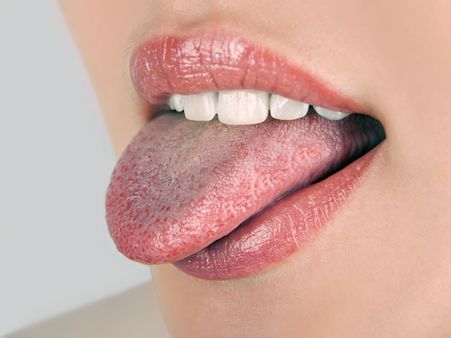
Cognitive abilities:
There could be developmental delays along with learning disabilities. Mental health could be severely affected.

Behavioural issues:
The affected person may show signs of hyperactivity, aggression resulting in self-injury. There could be problems with emotional and social adjustments.
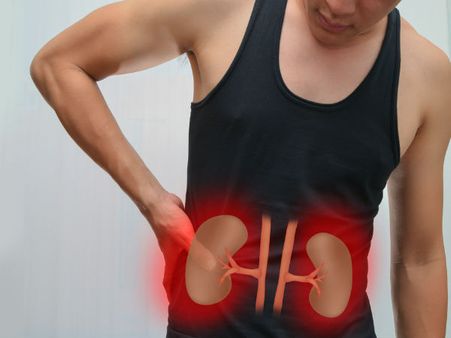
Kidney issues:
There could be noncancerous growth in the kidneys. With age, the number of growths increases.
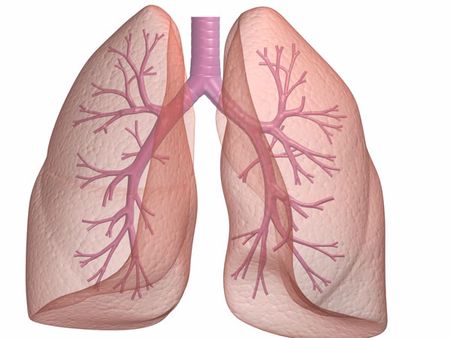
Lung issues:
There could be coughing and shortness of breath when there are abnormal growths in the lungs.

Heart issues:
Growths in the heart are largest when a baby is born. It reduces in size as one gets older.
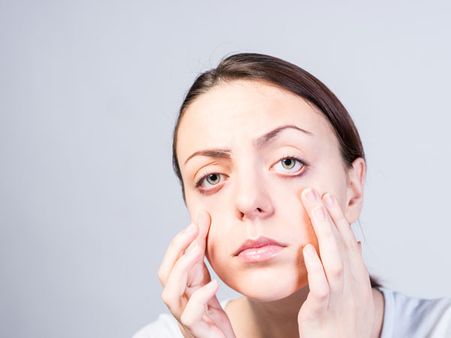
Eye problems:
Growths can occur on the retina. These usually do not interfere with the vision. It appears as white patches.

How Is It Diagnosed?
Depending on the symptoms, specialists might be required to address the exact cause and symptom associated with this disorder. The diagnosis usually begins with a physical examination. There could be few genetic tests done as well.
- Seizure evaluation: An electroencephalogram is done if a child has seizures. The test is done to record the electrical activities in the brain.
-
Evaluation
of
the
brain,
lungs
and
kidneys:
Tests
usually
involve
an
ultrasound,
MRI
or
a
CT
scan.
Heart evaluation: The diagnostic tests would include echocardiogram and an electrocardiogram.
- Eye evaluation: Magnifying lens and light are used to examine the retina.
- Mental health, behavioural or emotional disorders: If required, a psychiatrist could be consulted to evaluate the mental health of the patient.
How Do You Treat Tuberous Sclerosis?
Although there is no cure, the symptoms can be treated.
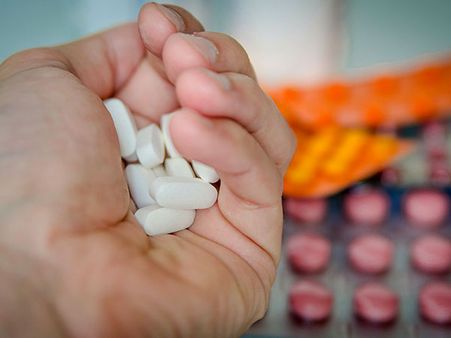
Medication:
In case the patient suffers from seizures, anti-seizure medications are prescribed. In case there are specific forms of kidney and brain growths that can't be removed via surgery, then a drug known as everolimus is prescribed. Acne-like skin condition can be treated using an ointment known as sirolimus.
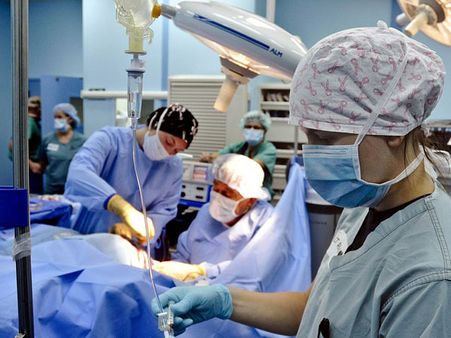
Surgery:
An abnormal growth can be surgically removed. When growths such as the ones in the brain do not respond to medication, they might have to be treated through a surgery. For improving the appearance of the skin, dermabrasion or laser treatments are done.

Therapy:
Speech, physical or occupational therapies can help children with special needs. This would help their ability to perform daily tasks in a better manner.

Educational and vocational services:
This is for children with behavioural issues and developmental delays. Such social and rehabilitation services might have to be continued for the entire life.

Behaviour management:
Making a child adjust and live with the disorder without going into depression can be tough. This is where a mental health provider might help. Such a person can address the emotional, behavioural and social issues that the child is facing and recommend treatment options accordingly.

Is Tuberous Sclerosis Fatal?
Status epilepticus, that occur as a result of a tumour in the brain, can turn fatal for patients with tuberous sclerosis. This has been closely linked to renal failure and bronchopneumonia as well. Also, people who have abnormal growths in the lungs causing lymphangioleiomyomatosis can have a shorter lifespan.
-
 healthExclusive: On World Malaria Day 2024, Dr Shares Danger Signs Parents Must Watch Out For In Child With Malaria
healthExclusive: On World Malaria Day 2024, Dr Shares Danger Signs Parents Must Watch Out For In Child With Malaria -
 healthExclusive: Expert Debunks 5 Common Misconceptions About Expectant Mothers That You Need To Steer Clear From
healthExclusive: Expert Debunks 5 Common Misconceptions About Expectant Mothers That You Need To Steer Clear From -
 healthBelgian Man Cleared Of Drunk Driving Because His Body Produces Alcohol Due To A Rare Condition
healthBelgian Man Cleared Of Drunk Driving Because His Body Produces Alcohol Due To A Rare Condition -
 healthWhy You Should Soak Mangoes In Water Before Consuming Them, This Small Step Comes With Big Rewards!
healthWhy You Should Soak Mangoes In Water Before Consuming Them, This Small Step Comes With Big Rewards! -
 healthAdd These 18 Foods To Your Daily Diet To Increase Your Sperm Count And Boost Male Fertility
healthAdd These 18 Foods To Your Daily Diet To Increase Your Sperm Count And Boost Male Fertility -
 healthWhat Your Tongue Reveals About Your Health: Wellness And Warning Signs You Need To Know
healthWhat Your Tongue Reveals About Your Health: Wellness And Warning Signs You Need To Know -
 healthHow Can You Protect Yourself From Extreme Heat? Dos And Don’ts To Follow
healthHow Can You Protect Yourself From Extreme Heat? Dos And Don’ts To Follow -
 healthRussian Influencer Starves His Newborn To Death With Sunlight Diet, Know Dos And Don’ts Of This Diet
healthRussian Influencer Starves His Newborn To Death With Sunlight Diet, Know Dos And Don’ts Of This Diet -
 healthExclusive: Expert Shares Impact of Heat Waves on Infectious Disease Transmission
healthExclusive: Expert Shares Impact of Heat Waves on Infectious Disease Transmission -
 healthExclusive: Doctor Shares Why Women Should Prioritize Health, Key Resolutions For Well-being And Vitality
healthExclusive: Doctor Shares Why Women Should Prioritize Health, Key Resolutions For Well-being And Vitality -
 healthEverything You Need To Know About Deadly H5N1 Virus That Can Be 100 Times Worse That COVID-19 Pandemic
healthEverything You Need To Know About Deadly H5N1 Virus That Can Be 100 Times Worse That COVID-19 Pandemic -
 astrologyWorld Health Day 2024: Holistic Health Tips For 12 Zodiac Signs As Per Astrology
astrologyWorld Health Day 2024: Holistic Health Tips For 12 Zodiac Signs As Per Astrology


 Click it and Unblock the Notifications
Click it and Unblock the Notifications



